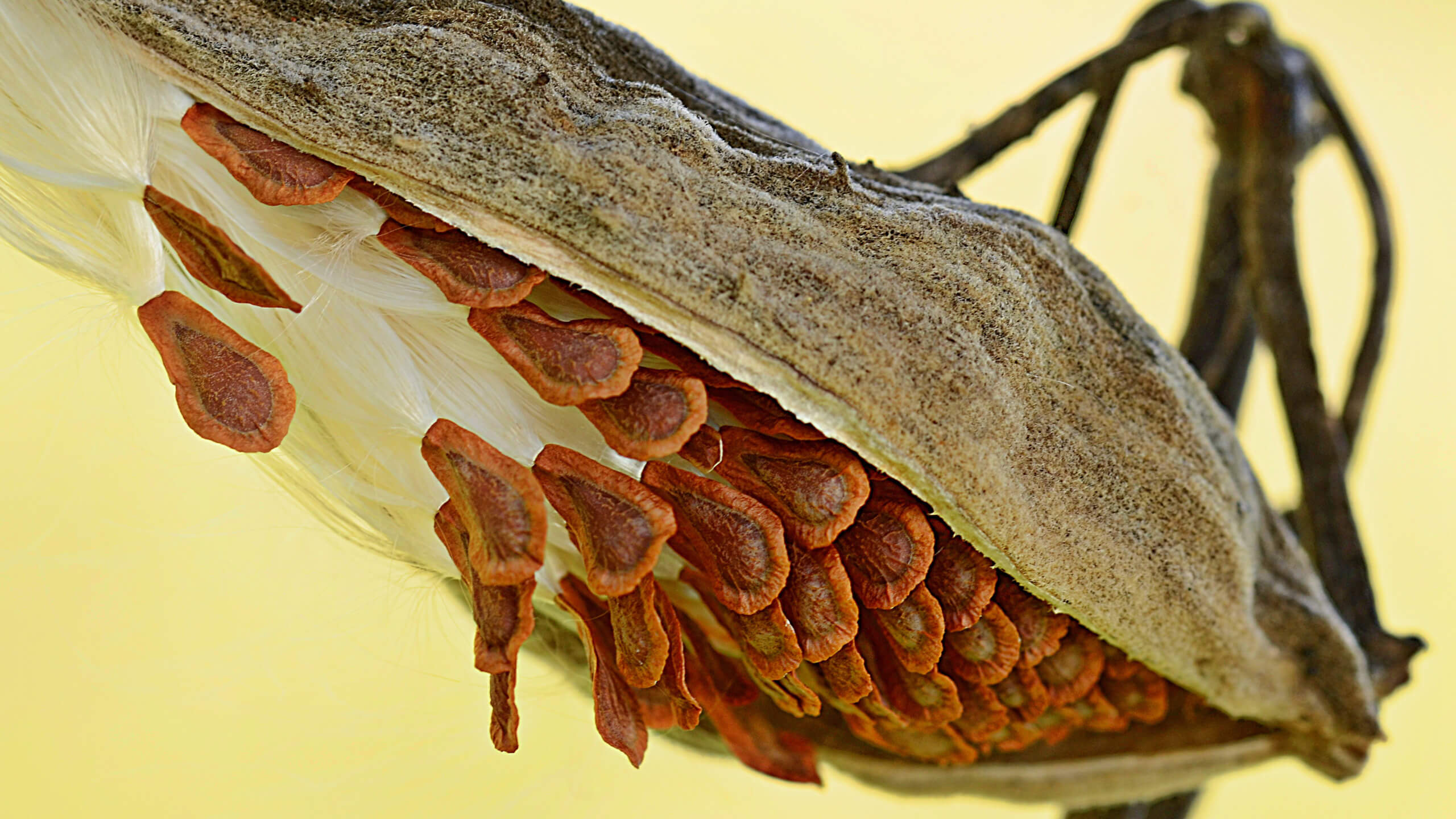The warm and vivid colors of the fall season are once again upon us. So, we’re sure many of you are excited to visit your favorite fall photography locations again in the coming days and weeks. Whatever the kind of photography you do, this time of the year is never short of opportunities for you to make some beautiful images. Fall macro photography is just one for you to explore!
Like many photographers out there, Michigan-based macro photographer and Tamron Image Master Mike Moats is getting ready to capture the hues and textures of this season. So, we asked him to tell us about what he looks for in fall locations, his favorite fall subjects as a macro photographer, and some tips for those who also want to try fall macro photography.
Previously, Mike talked to us about his journey into photography, his approach to macro and his perspective on gear. So if you want to be better acquainted with his work, we suggest checking out our interesting conversation with him as well!
The best locations for striking fall macro photos
As with any type of photography, location is an important consideration for fall macro photography. The first impulse is to wait for the foliage in your area to change dramatically, or travel to where it’s already happening. However, those aren’t the only option; you can get started wherever you are. This is especially if you have some woodlands or open fields nearby where you can keep an eye out for other interesting fall scenes and subjects.
“Many of the flowers and bugs of summer are fading away so I look forward to shooting the fall subjects. I head out to some open fields where the milkweed plant seed pods are opening and flowing out are the seeds with tiny hairs connected,” Mike noted. “In the woods, I will search out mushrooms, hopefully before the critters eat them and of course get ready for the fall leaves to start turning colors.”
Fall macro subjects both loved and overlooked
As Mike also told us previously, leaves are among his favorite macro subjects as of late. This makes for a fine choice, of course, given that the colorful foliage is the star of this season. However, these aren’t the only subjects that are great for fall macro photography. Don’t focus too much on looking for flowers and insects, however, as they won’t be in abundance this season.
“During the summer months most macro photographers tend to spend their time in search of flowers, butterflies, dragonflies and other insects,” Mike said. “As fall arrives, those subjects are dying off, and they don’t really think or know about all the great subjects that start to appear as the environment is changing with the cooler temperatures.”
So, while leaves in different colors can be your primary subjects, Mike suggests expanding your search to include other plant elements. They can work great for shape and texture studies, or telling a story about the progression of the fall season.
“I think leaves are the most obvious of macro subjects in the fall, but I think the milkweed plants, pine cones, acorns, dying plant life as subjects that are not focused on enough and they all make for artistic subject matter.”
Fall macro photography tips and tricks
According to Mike, his style of macro/close-up photography involves getting the whole subject in focus from top to bottom and side to side. He achieves this through the full depth of field of higher f/stop numbers from f/22 to f/32. “Any diffraction (detail softness) shooting at the higher f/stop numbers is easily corrected with the sharpening programs in our post processing software,” he added.
As for his gear of choice, the Tamron 18-300mm f/3.5-6.3 is his current go-to lens, following his switch to mirrorless system this year with the Fuji X-T30 MKII. While it’s not a true 1:1 macro lens, it comes with a reach that allows him to get a tight focus on his subjects with a macro or extreme close up effect.
“That lens is able to focus in tight on my subjects and has the reach (300mm) if I’m at the edge of a ponds shooting floating fall color leaves. The lens produces sharp images, and although it doesn’t shoot in true 1:1 macro range, it gets in close enough that I can crop out what I want in post and appear that I shot the subject with macro lens. In the past I always shot with the Tamron 90mm macro lens, but I all most never take it out anymore.”
Still undecided about your fall macro gear? Mike suggests starting with whatever camera you have, a Tamron zoom lens with a good reach, a tripod and something to reduce the glare of sunlight from your subjects.
“Any DSLR or mirrorless camera body will work great for all macro work. Any of the Tamron zoom lenses will also work great for close-up work. A good, sturdy tripod with a ball head is a plus rather than hand holding the camera. Lastly, carry a 12-inch diffuser or translucent modifier to shade your subjects from sunlight.”
Don’t forget to check out Mike’s tinylandscapes.com or follow him on Instagram to see more of his impressive macro photography.
All photos by Mike Moats. Used with permission.











Leave a Reply